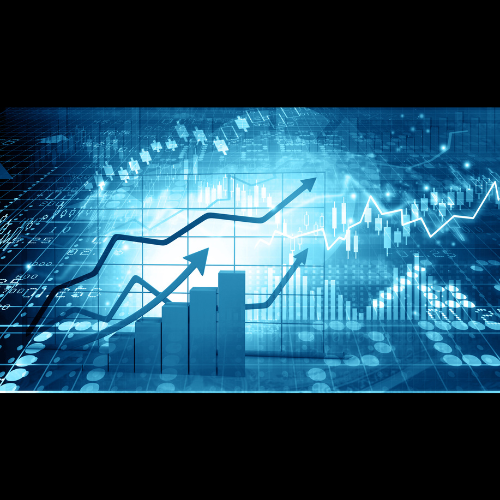Introduction: In the colorful realm of finance, where numbers, charts, and economic forces intermingle, one particular duo captivates investors like no other: inflation and stocks. These two have an intricate relationship that resembles a captivating tango, swaying to the rhythm of market dynamics. Today, we embark on a journey to decode the enigma of how inflation affects stocks. Prepare to be enchanted as we waltz through the economic ballroom, where surprises and revelations await at every turn.
The Inflation Prelude: As our dance begins, let’s have a quick refresher on inflation. Picture this: a whimsical balloon inflating, swelling with each passing moment. Inflation similarly describes the general increase in prices over time. When the balloon expands too much, its impact reverberates through the financial landscape, leaving no corner untouched. One might assume that the stock market, a hub of investor activity, would buckle under the weight of inflation. But here’s where the dance takes a twist.
Step One: The Teasing Tango: As inflation teases its way into the market, stocks respond with a lively back-and-forth tango. At first, it appears that rising prices may discourage investors, making them hesitant to take the plunge. The fear of eroding purchasing power can cast a gloomy shadow over the dance floor. But wait! There’s a surprise move awaiting us.
Step Two: The Inflation-Proof Shimmy: In an unexpected twist, certain stocks don their glimmering suits of armor, determined to defy the inflationary odds. These resilient champions are known as inflation-proof or “defensive” stocks. They belong to sectors that flourish even when the economy experiences turbulence. Companies that provide essential goods and services, like healthcare, utilities, or consumer staples, stand tall, their stocks swaying with confidence. Why? Because even during inflationary times, people continue to need these essentials, making them reliable investments. So, when inflation’s fiery rhythm heats up, these stocks maintain their cool, delivering consistent returns.
Step Three: The Risky Rumba: As the tango intensifies, another partner steps onto the dance floor: risk. Inflation can ignite expectations of higher interest rates from central banks, causing a ripple effect in the stock market. Companies relying heavily on borrowed funds find themselves caught in the intricate steps of a risky rumba. Rising interest rates increase borrowing costs, squeezing profit margins and dampening investors’ spirits. This dance is not for the faint of heart, as uncertainty and market volatility take center stage.
Step Four: The Surging Salsa: In a sudden burst of energy, inflation throws the dance into high gear. Enter the dynamic duo: growth stocks and commodities. When inflation strikes with force, certain stocks find themselves in the limelight. Growth stocks, often associated with technology, innovation, and disruptive industries, tend to shine during inflationary periods. Their potential for high earnings growth outweighs the impact of rising prices, making them attractive to investors seeking a fiery salsa of returns. Additionally, commodities like gold, silver, or oil join the show, serving as hedges against inflation, their value rising alongside prices.
Conclusion: As we gracefully conclude our dance between inflation and stocks, we find that the impact of rising prices is a nuanced and intricate affair. While inflation may initially sow doubts and fears, certain stocks emerge unscathed, displaying resilience in the face of adversity. Others find themselves entangled in a perilous rumba of risks and uncertainties. Yet, amidst the turmoil, growth stocks and commodities take the stage, offering investors a chance to ride the wave of inflation and reap the rewards.
Disclaimer: The content provided in this article is for informational purposes only and should not be considered financial advice. Always conduct thorough research and consult with a qualified professional before making investment decisions.






